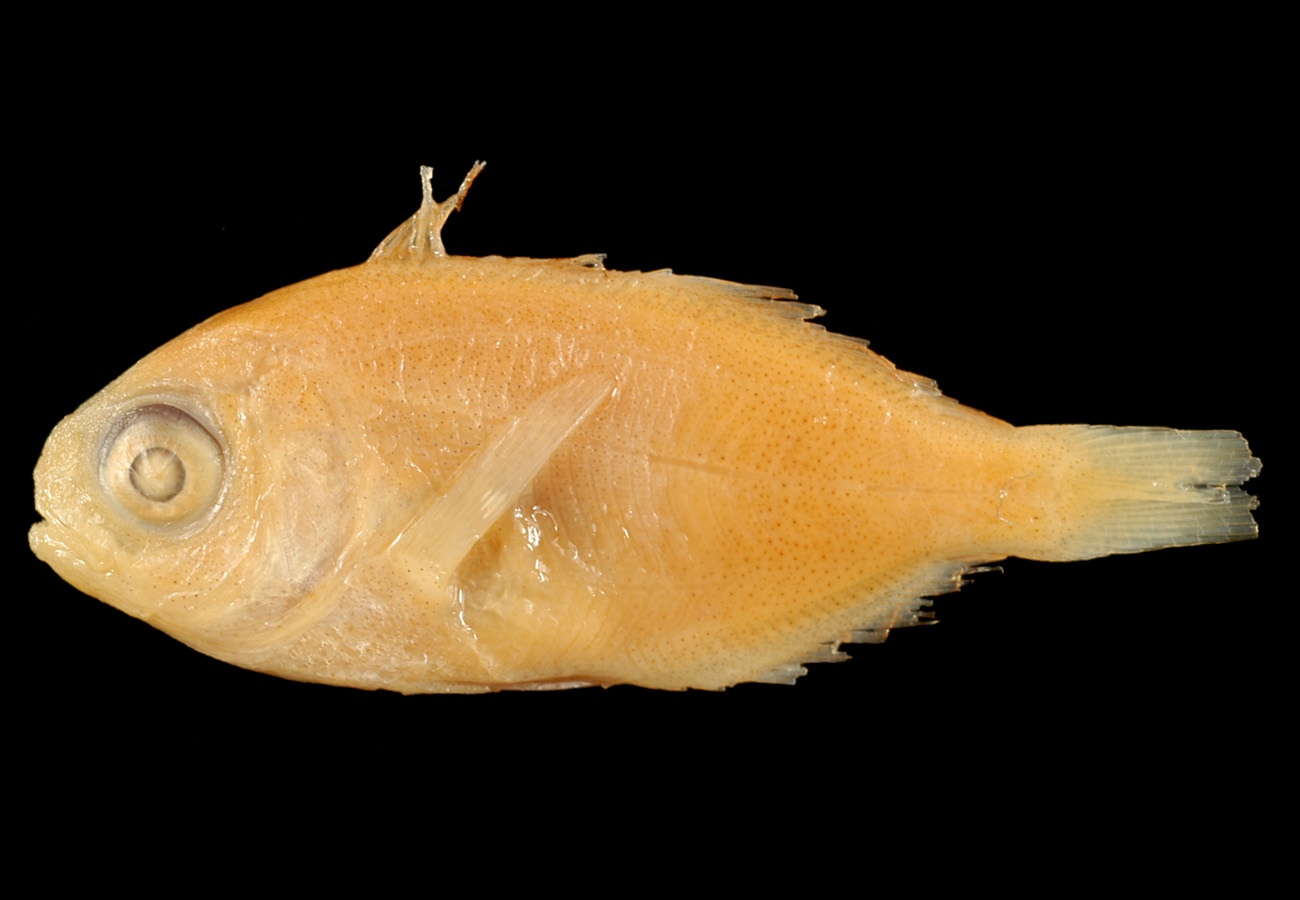Abstract
The family Pleidae is represented in Australia only by members of the genus Paraplea. Paraplea brunni (Kirkaldy, 1898) has a widespread distribution in Australia and is also known from New Guinea. Paraplea halei (Lundblad, 1933) appears to be an endemic species occurring only in the southeastern part of Australia. The widespread species P. liturata (Fieber, 1844) occurs in Australia but only in the Northern Territory and Western Australia. The description of P. bifurcata n. sp. documents a fourth pleid species, being known only from the Northern Territory. Paraplea bifurcata n. sp. is easily differentiated from other species of Paraplea by having a bifurcated abdominal keel. An identification key and discussion of morphological characters of the four species of Paraplea from Australia is given.
References
Andersen, N.M. & Weir, T.A. (2004) Australian water bugs: their biology and identification (Hemiptera-Heteroptera, Gerromorpha & Nepomorpha). Entomonograph, 14, 304–308.
Cook, J.L., Sites R.W. & Vitheepradit, A. (2020) The Pleidae (Hemiptera, Heteroptera) of Thailand, with descriptions of two new species and a discussion of the species from Southeast Asia. ZooKeys, 973, 35–68.
https://doi.org/10.3897/zookeys.973.54026
Drake, C.J. & Maldonado-Capriles, J. (1956) Some pleids and water-striders from the Dominican Republic (Hemiptera). Bulletin of the Brooklyn Entomological Society, 51, 53–56.
Esaki, T. & China, W.E. (1928) A monograph of the Helotrephidae, subfamily Helotrephinae (Hem. Heteroptera). EOS, Revista Española de Entomología, 4, 129–172.
Fieber, F.X. (1844) Entomologische Monographien. J.G. Calve’schen Buchhandlung, Leipzig, 138 pp.
Kirkaldy, G.W. (1898) Neue und seltene Notonectiden-Arten. Wiener Entomologische Zeitung, 17, 141–142.
Hale, H.N. (1923) Studies in Australian aquatic Hemiptera, No. II. Records of the South Australian Museum, 2, 397–424.
Horváth, G. (1918) De hydrocorisis nonnullis extraeuropaeis. Annales Musei Nationalis Hungarici, 16, 140–146.
Lansbury, I & Lake, P.S. (2002) Tasmanian Aquatic and Semi-Aquatic Hemipterans. Cooperative Research Centre for Freshwater Ecology. Identification and Ecology Guide, No. 40, 1–64.
Lundblad, O. (1933) Zur kenntnis der aquatilen und semiaquatilen Hemipteran von Sumatra, Java und Bali. Archiv für Hydrobiologie, Supplement 12, 125–145.
Sublett, C.A. & Cook, J.L. (2015) Morphology of the 1st gonapophysis in the genus Neoplea (Hemiptera: Heteroptera: Pleidae), including an evaluation of its taxonomic importance. Florida Entomologist, 98, 704–713.
https://doi.org/10.1653/024.098.0246
Weir, T.A. (2017) Semi-aquatic and aquatic bugs (Hemiptera: Heteroptera: Gerromorpha and Nepomorpha) of the AWC Pungalina-Seven Emu Sanctuary, Gulf Coastal Bioregion, Northern Territory. The Royal Geographical Society of Queensland Geography Monograph, 14, 109–121.


